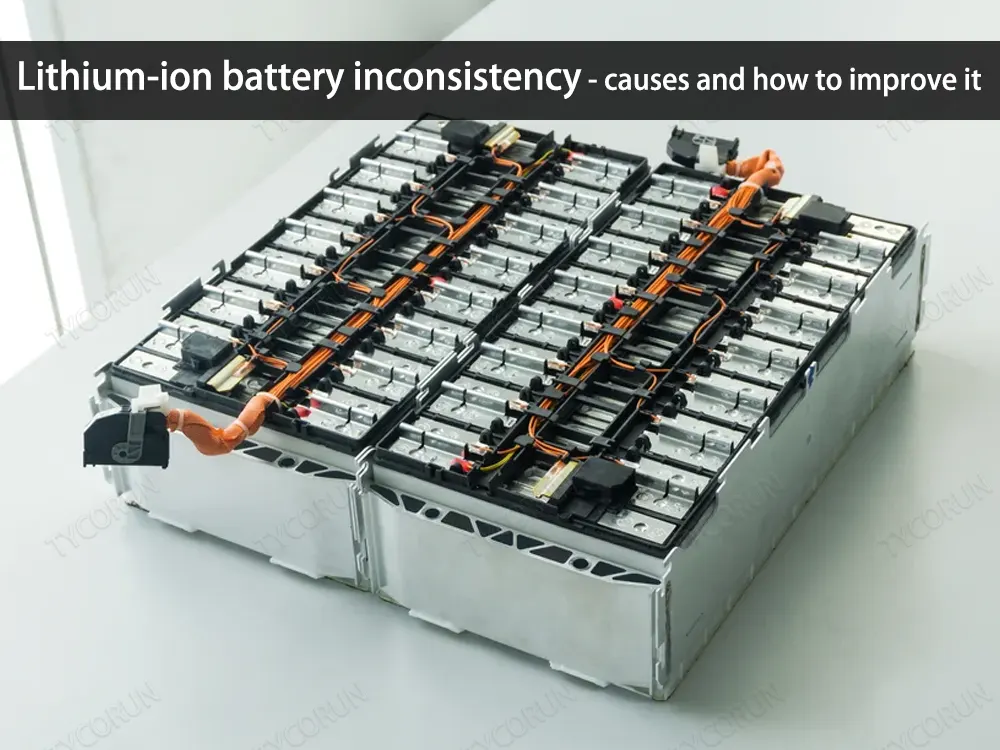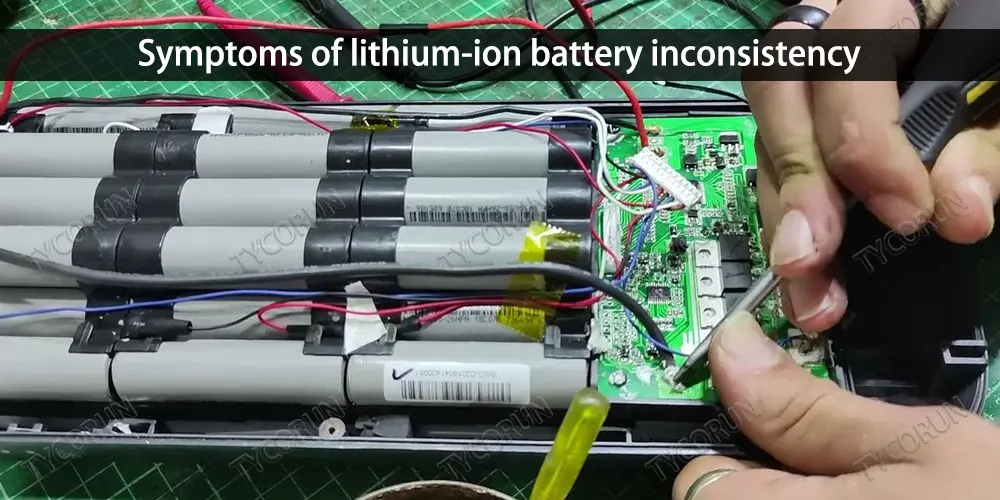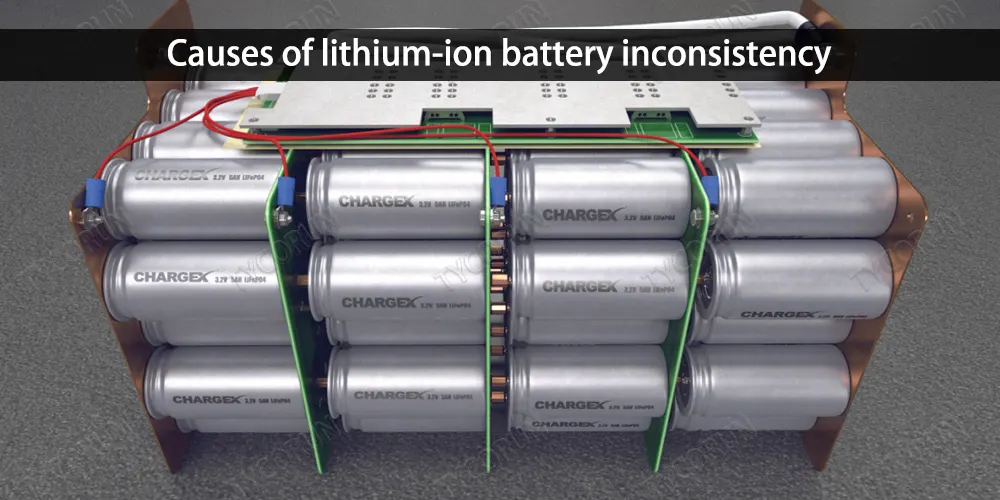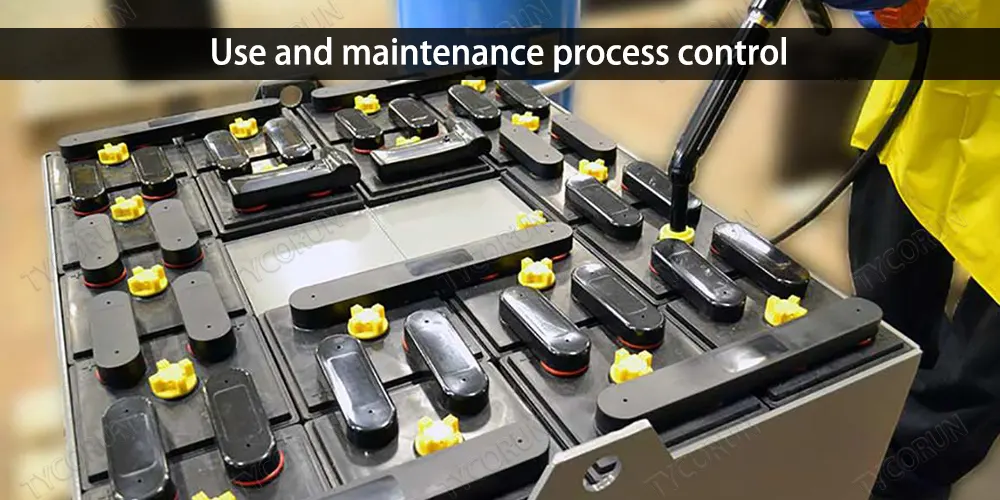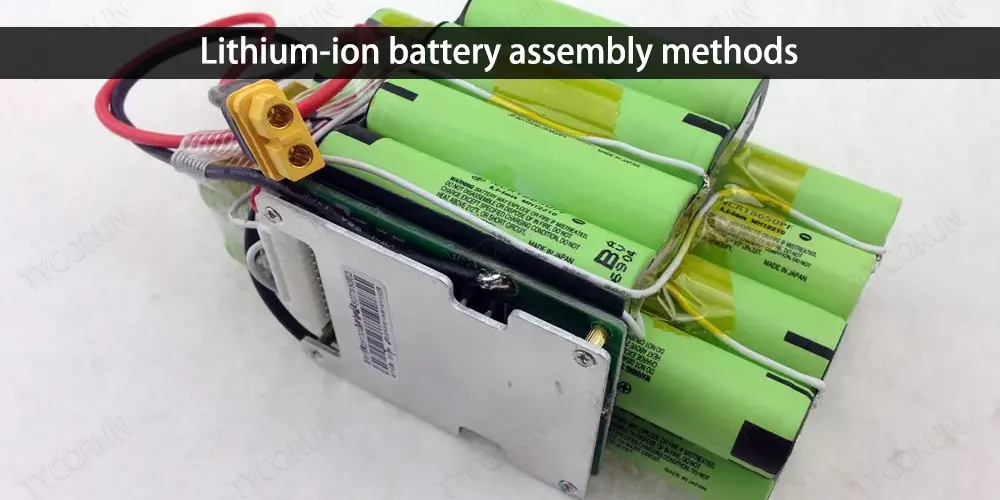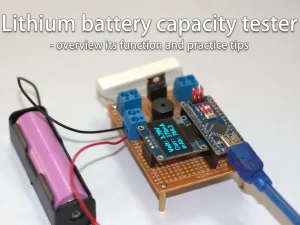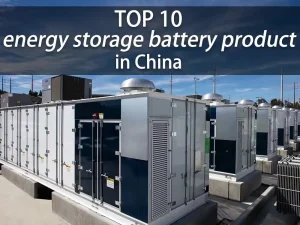Home » battery news » Lithium-ion battery inconsistency – causes and how to improve it
Lithium-ion battery inconsistency - causes and how to improve it
With the continuous development of lithium battery technology, lithium batteries are more and more widely used in people’s lives and work, but sometimes people tend to ignore the issue of lithium-ion battery inconsistency. Inconsistencies among single cells often cause problems such as rapid capacity fading and short lifespan of the battery pack during cycling.
Selecting lithium-ion batteries with the same performance as possible to form a group is of great significance to the promotion and application of lithium-ion batteries in the field of power wheels battery and motorcycle battery.

What is lithium-ion battery inconsistency
The inconsistency of lithium-ion battery packs means that when single cells of the same specifications and models are combined into a battery pack, there are certain differences in parameters such as voltage, capacity, internal resistance, lifespan, temperature effect, and self-discharge rate.
After the single battery is produced by custom lithium battery manufacturers, there are certain differences in the initial performance itself. As the battery is used, these performance differences continue to accumulate.
At the same time, because the use environment of each single cell in the battery pack is not exactly the same, the inconsistency of the single cells is gradually amplified, thereby accelerating battery performance degradation and eventually causing premature battery pack failure.
Symptoms of lithium-ion battery inconsistency
The lithium-ion battery inconsistency is mainly manifested in two aspects: differences in battery cell performance parameters (battery capacity, internal resistance and self-discharge rate, etc.) and differences in battery state of charge (SOC).
Research has found that the distribution of capacity differences between battery cells is close to the Weil distribution, and the degree of dispersion of internal resistance is more significant than that of capacity. Moreover, the internal resistance of batteries in the same batch generally follows the law of normal distribution, and the self-discharge rate is also approximately normal distribution.
SOC represents the battery’s state of charge and is the ratio of the battery’s remaining capacity to its rated capacity. Due to battery inconsistency, batteries have different capacity fading rates, resulting in differences in the maximum usable capacity between batteries. The SOC change rate of batteries with small capacity is faster than that of batteries with large capacity, and the cut-off voltage is reached faster during charging and discharging.
Causes of lithium-ion battery inconsistency
There are many reasons for lithium-ion battery inconsistency, mainly during the manufacturing process and use. Every aspect of the manufacturing process, such as the uniformity of the slurry during batching, the control of areal density and surface tension during coating, and the production process of lithium-ion batteries with water-based binder systems, etc., will all cause differences in the performance of single cells.
During the use of the battery, the connection methods and structural parts/devices, usage conditions and environment will also affect the consistency of the battery pack. Because the energy consumed by each connection point is inconsistent, the performance and aging rate of each component or structural part are also inconsistent, so the impact on the battery is also inconsistent.
In addition, due to the different locations of each single cell in the battery, different temperatures, and different performance attenuation, the inconsistency of the single cells will be amplified.
How to improve lithium-ion battery consistency
Production process control
The control of the production process is mainly carried out from two aspects: raw materials and production technology. In terms of raw materials, try to select raw materials from the same batch to ensure the consistency of raw material particle size and performance.
In terms of production technology, the entire production process must be strictly controlled, such as ensuring that the slurry is stirred evenly and not left for a long time, controlling the speed of the coating machine to ensure the thickness and uniformity of the coating, inspecting the appearance of the pole pieces, weighing and grading, controlling the injection volume and formation, volume division, storage conditions, etc.
Compounding process control
The control of the grouping process mainly refers to the sorting of batteries. The battery pack uses batteries of uniform specifications and models, and the voltage, capacity, internal resistance, etc. of the battery must be measured to ensure the consistency of the initial performance of the battery.
When assembling the battery pack, the voltage difference of the single cells is an important factor affecting the consistency of each single cell at the end of charge and discharge of the battery pack, while the internal resistance difference of the single cells causes the big difference in the voltage platform of the battery.
Use and maintenance process control
1. Real-time monitoring of the battery
Consistency screening of batteries during assembly can ensure consistency in the early stages of battery pack use. By monitoring the battery in real time during use, consistency problems during use can be observed in real time.
However, when the consistency is poor, the monitoring circuit will cut off the charge and discharge circuit, so the performance will be reduced. Batteries with extreme parameters can also be adjusted or replaced in time through real-time monitoring to ensure that the inconsistency of the battery pack will not expand over time.
2. Apply a balanced management system
Apply appropriate balancing strategies and balancing circuits for intelligent battery management. Currently common balancing strategies include balancing strategies based on external voltage, balancing strategies based on SOC and balancing strategies based on capacity. The balancing circuit can be divided into passive balancing and active balancing according to the energy consumption mode.
Among them, active balancing can achieve lossless energy flow between batteries and is a hot research topic around the world. Commonly used methods in active equalization include battery bypass method, switched capacitor method, switched inductor method, DC/DC conversion method, etc.
3. Thermal management of the battery
Thermal management of batteries should not only keep the operating temperature of the battery pack within the optimal range, but also try to ensure that the temperature conditions between batteries are consistent, thereby effectively ensuring the performance consistency between batteries.
When the output power allows, minimizing the depth of battery discharge and avoiding overcharging of the battery can extend the cycle life of the battery pack. Strengthen battery pack maintenance, and perform low-current maintenance charging on the battery pack at certain intervals, and pay attention to the cleaning.
Lithium-ion battery assembly methods
1. Voltage matching method
The voltage matching method can be divided into static voltage matching method and dynamic voltage matching method. The static voltage matching method is also called the no-load matching method. It does not carry a load and only considers the battery itself. It measures the self-discharge rate of the selected single cells stored in the full charge state after standing for dozens of days and the different storage periods in the full charge state.
The open circuit voltage of the internal battery is the simplest method to operate, but it is not accurate. The dynamic voltage matching method examines the voltage situation under load, but it does not take into account factors such as load changes, so it is not accurate.
2. Static capacity matching method
Charge and discharge the battery under set conditions, calculate the capacity based on the discharge current and discharge time, and group the batteries according to their capacity. This method is simple and easy to implement, but it can only reflect the same capacity of the battery under specific conditions, and cannot explain the complete working characteristics of the battery, so it has certain limitations.
3. Internal resistance matching method
Mainly considering the internal resistance of the single battery. This method can achieve rapid measurement, but because the internal resistance of the battery will change with the discharge process, it is difficult to accurately measure the internal resistance.
4. Multi-parameter matching method
At the same time, multiple external conditions such as capacity, internal resistance, voltage, and self-discharge rate are considered to comprehensively evaluate the battery, and battery packs with good consistency can be sorted. However, the premise of this method is that single parameter selection must be accurate, and it takes too long.
5. Dynamic characteristic matching method
The dynamic characteristic matching method uses the charge and discharge characteristic curve of the battery to sort the batteries for matching. The charge and discharge curve can reflect most of the characteristics of the battery, and the use of dynamic characteristic matching method can ensure the consistency of various performance indicators of the battery.
The dynamic characteristic matching method has a large amount of data and is usually implemented using computer programs. In addition, this method reduces the battery pack utilization rate, which is not conducive to reducing the cost of the battery pack. The determination of the standard curve or benchmark curve is also a difficult point in its implementation.
Conclusion
1. The main causes of battery inconsistency lie in the manufacturing and use of batteries.
2. Measures to improve battery consistency mainly include the following aspects: strict control of the production process from both raw materials and production processes; adopting a more scientific sorting method and selecting batteries with consistent initial performance for grouping as much as possible.
During the battery use and maintenance process, the battery should be monitored in real time, a balance management system should be applied, a reasonable control strategy should be adopted to conduct thermal management of the battery, and the maintenance of the battery pack should also be strengthened.
3. When matching batteries, the single-parameter matching method has no practical application value. The multi-parameter matching method and the dynamic characteristic matching method are relatively comprehensive. In addition, methods such as the electrochemical antispectrum method have also made certain progress.

